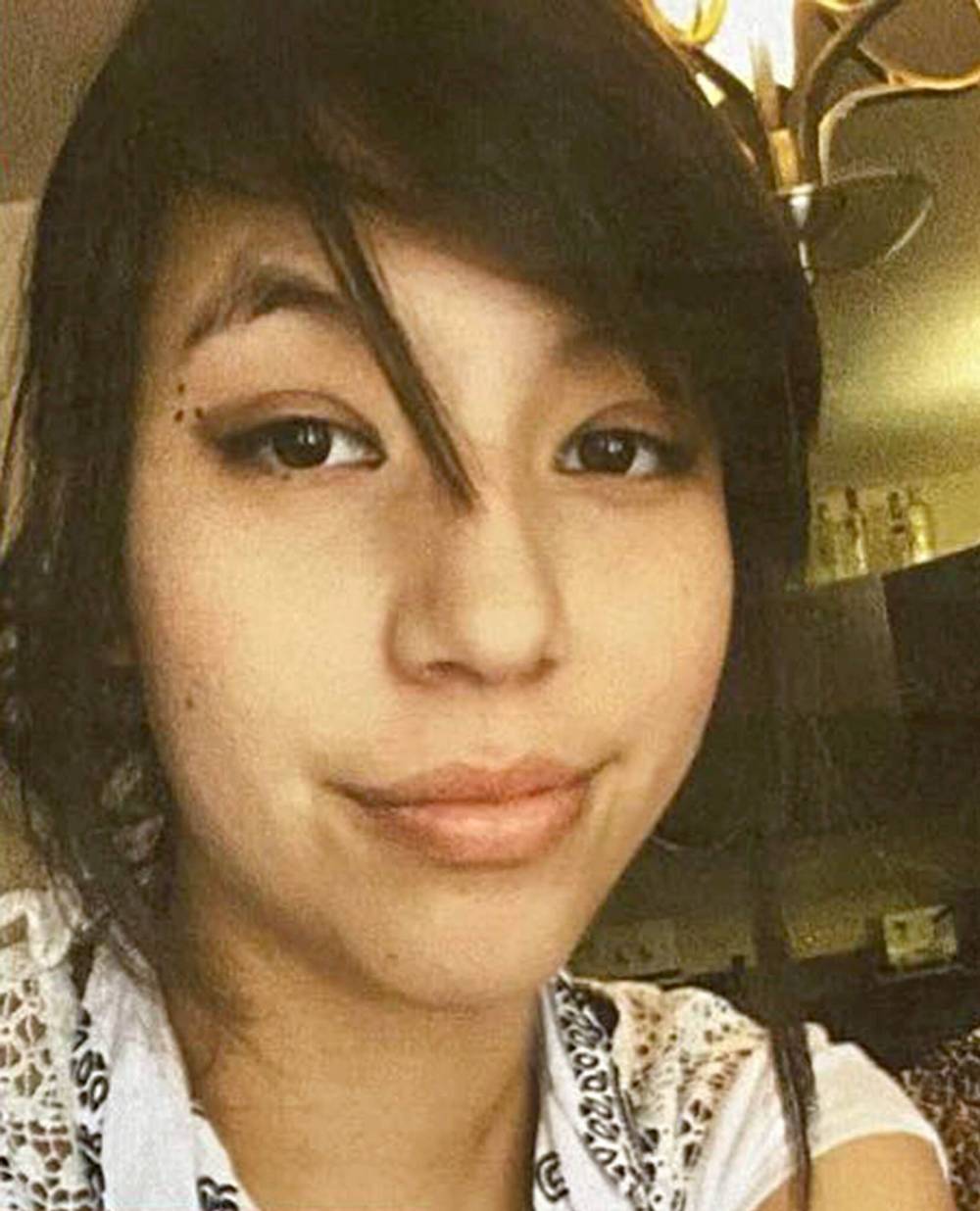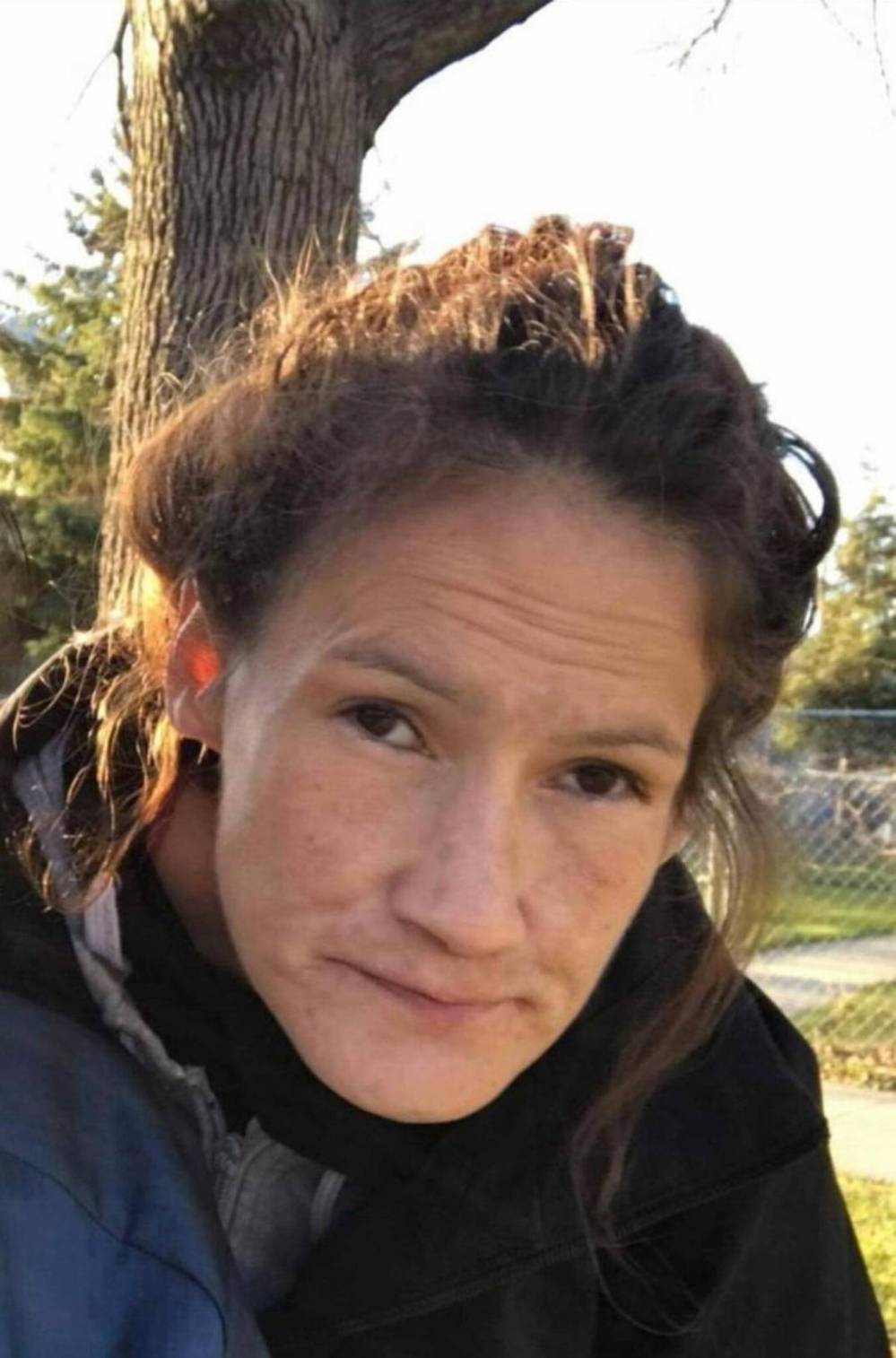Workers digging ‘in the right date range’ as landfill search begins ‘Intense emotion’ at site of long-awaited search for remains of serial killer’s victims
Read this article for free:
or
Already have an account? Log in here »
To continue reading, please subscribe:
Monthly Digital Subscription
$0 for the first 4 weeks*
- Enjoy unlimited reading on winnipegfreepress.com
- Read the E-Edition, our digital replica newspaper
- Access News Break, our award-winning app
- Play interactive puzzles
*No charge for 4 weeks then price increases to the regular rate of $19.00 plus GST every four weeks. Offer available to new and qualified returning subscribers only. Cancel any time.
Monthly Digital Subscription
$4.75/week*
- Enjoy unlimited reading on winnipegfreepress.com
- Read the E-Edition, our digital replica newspaper
- Access News Break, our award-winning app
- Play interactive puzzles
*Billed as $19 plus GST every four weeks. Cancel any time.
To continue reading, please subscribe:
Add Free Press access to your Brandon Sun subscription for only an additional
$1 for the first 4 weeks*
*Your next subscription payment will increase by $1.00 and you will be charged $16.99 plus GST for four weeks. After four weeks, your payment will increase to $23.99 plus GST every four weeks.
Read unlimited articles for free today:
or
Already have an account? Log in here »
Hey there, time traveller!
This article was published 02/12/2024 (374 days ago), so information in it may no longer be current.
Workers began sifting through material excavated from a Winnipeg-area landfill Monday as the search for the remains of two First Nations women slain by a serial killer officially began.
The effort to find Morgan Harris, 39, and Marcedes Myran, 26, entered a fourth, and possibly final, stage early Monday morning, almost two years to the day their families were told the missing women were dead.
“While I am professionally obligated to remind everyone that we don’t know what the odds of this situation being successful are, in terms of recovering the remains of Morgan and Marcedes, we can say with confidence that we have a chance for this search to succeed,” Premier Wab Kinew told reporters after returning from the Prairie Green Landfill, where he watched the latest phase begin alongside some of the women’s family members.
JOHN WOODS / FREE PRESS FILES Preparatory work began at about 6 a.m. at Prairie Green Landfill, followed by the start of excavation.
“No matter what lies ahead, we can say that we tried and we made the effort for these families, which is very significant.”
Kinew said preparatory work that began at about 6 a.m. was followed by the start of excavation.
The first truck carrying excavated material delivered its load to a purpose-built search facility shortly after 10 a.m.
Landfill logistics
There are three teams of search technicians referred to as A, B, and C. On any given day, two teams are scheduled to cover two shifts: 6 a.m. to 4 p.m. and 7 a.m. to 5 p.m. The search takes place six days a week with a shuttle picking them up and dropping them off in downtown Winnipeg.
There are three teams of search technicians referred to as A, B, and C. On any given day, two teams are scheduled to cover two shifts: 6 a.m. to 4 p.m. and 7 a.m. to 5 p.m. The search takes place six days a week with a shuttle picking them up and dropping them off in downtown Winnipeg.
As the search begins, a team is expected to scan one bin per hour, then take an hour off, with the second team taking their place to search the next bin. The pace of the search is expected to pick up as it progresses, said Amna Mackin, the assistant deputy minister leading the operation.
“It’s difficult work,” Premier Wab Kinew said after visiting the quonset as the work began Monday.
“You’re pushing mud with a rake then you’re going in with your hands to identify receipts, dairy products, things with expiry dates,” he said.
“I wasn’t there for very long, but while I was there, there was a seniors’ newspaper that was found that is shortly after the date range we’re looking for. There was organic material in a condition easily identifiable.”
Kinew called the search technicians “impassioned people” as they raked through diapers, mud and all sorts of debris.
The Saskatoon Police Service, which successfully conducted its own landfill search for the remains of missing 22-year-old Mackenzie Lee Trottier earlier this year, offered advice to those planning the Prairie Green Landfill search.
The police service stressed the importance of having “a dedicated and committed team,” handling the search, said Mackin. She described it as a “humanitarian” operation, with search technicians who “want to be there for the right reasons.”
The Saskatoon police also recommended searching on a flat surface with the help of two skid steers — compact pieces of heavy equipment — to move the material in and out of the search facility, she said.
— Carol Sanders
There, skid-steer operators spread the material on the floor, where search technicians — wearing personal protective equipment — went through the waste with gloved hands and rakes.
Kinew said some items that were found indicate workers are “in the right date range and time.”
Workers are looking for receipts and other dated items within excavated material to help narrow the search area.
The federal and provincial governments each contributed $20 million to search a section of the sprawling, privately run landfill.
The search could continue into 2026, depending on its progress, officials said previously. The target area could be excavated to a depth of about 10 metres, the province has said.
Kinew said he met with members of the Harris and Myran families Sunday to mark two years since police told them their loved ones were dead.
He was with two family members Monday, when the first load of excavated material was taken from the landfill to the search facility.
MIKE DEAL / FREE PRESS Premier Wab Kinew (right) and Amna Mackin, assistant deputy minister, Executive Council, speak during a press conference after returning from observing the start of the first day workers began excavating Prairie Green Landfill.
“It is an intense emotion that you feel standing on that site with those families,” he said.
“I just want to say on behalf of the people of Manitoba that we are making this effort to find your loved ones. I hope you know you are loved and valued, and that Morgan and Marcedes are loved and valued.”
Efforts to search the targeted area began months ago. Workers started removing a layer of material, roughly four metres deep, above the target area in October.
Kinew said a layer of more than 18,000 tonnes of landfill material was removed. That material will be stored in case it needs to be searched, as well.
The premier said asbestos within the layer was moved “safely and without issue.”
He said workers are going through a “very meticulous” process of donning and removing protective equipment.
“When we’re talking about the personal protective equipment, picture the COVID (intensive care unit) combined with the steel toes, high vis (gear) and hardhats of a construction site,” Kinew said.
“I’m confident the health and safety of workers on site is being safeguarded,” he said.
Nearly 200 people applied to be part of the search. There are 45 search team members.
“No matter what lies ahead, we can say that we tried and we made the effort for these families, which is very significant.”–Premier Wab Kinew
Kinew said “everything that was previously proffered as an excuse,” including the cost, safety hazards such as asbestos or the unlikelihood of finding a zone of interest — has been “systematically disproven.”
The search will continue through cold weather and snow. The temperature was about -18 C when the work began Monday. The quonset steel structure where the search is taking place has indoor heaters but is by no means “balmy,” said Amna Mackin, the assistant deputy minister leading the operation.
Other structures, including a healing lodge for the women’s families and trailers for searchers, were built or moved to the site for the search effort. Utilities were connected to the site, and an access road was built.
The Winnipeg Police Service believes Harris and Myran’s remains were put in a garbage bin off Henderson Highway in May 2022. The bin’s contents were deposited at Prairie Green, just north of Winnipeg in the Rural Municipality of Rosser.
The landfill is owned by Ontario-based Waste Connections of Canada.
A First Nations-led study found a landfill search is feasible and risks, including asbestos and other toxic material, can be mitigated. The study said there was no guarantee of success.
In question period Monday, the government took every opportunity to remind Manitobans that the opposition Tories campaigned against conducting a landfill search. In response to questions ranging from post-secondary education to violent crime, addictions and the carbon tax on farm fuel, government ministers responded by taking shots at the Progressive Conservatives’ refusal to search as part of their 2023 election campaign platform.
This latest stage follows Jeremy Skibicki’s sentencing on Aug. 28 to four concurrent life sentences with no chance of parole for 25 years.
Skibicki, 37, admitted to killing Harris, Myran and two other First Nations women — Rebecca Contois and an unidentified victim who was given the name Mashkode Bizhiki’ikwe (Buffalo Woman) by First Nations community members — but pleaded not guilty, claiming he was not criminally responsible due to mental disorder.
A judge convicted him of four counts of first-degree murder.
Contois’ remains were found in a garbage bin in North Kildonan in May 2022 and a section of the city-run Brady Road landfill during a search by police the following month.
Buffalo Woman’s remains have not been found.
— with files from Carol Sanders
chris.kitching@freepress.mb.ca

Chris Kitching is a general assignment reporter at the Free Press. He began his newspaper career in 2001, with stops in Winnipeg, Toronto and London, England, along the way. After returning to Winnipeg, he joined the Free Press in 2021, and now covers a little bit of everything for the newspaper. Read more about Chris.
Every piece of reporting Chris produces is reviewed by an editing team before it is posted online or published in print — part of the Free Press‘s tradition, since 1872, of producing reliable independent journalism. Read more about Free Press’s history and mandate, and learn how our newsroom operates.
Our newsroom depends on a growing audience of readers to power our journalism. If you are not a paid reader, please consider becoming a subscriber.
Our newsroom depends on its audience of readers to power our journalism. Thank you for your support.
History
Updated on Monday, December 2, 2024 1:20 PM CST: Clarifies a judge convicted Jeremy Skibicki of four counts of first-degree murder.
Updated on Monday, December 2, 2024 5:25 PM CST: Adds photos, factbox
Updated on Monday, December 2, 2024 5:57 PM CST: Updates main photo










